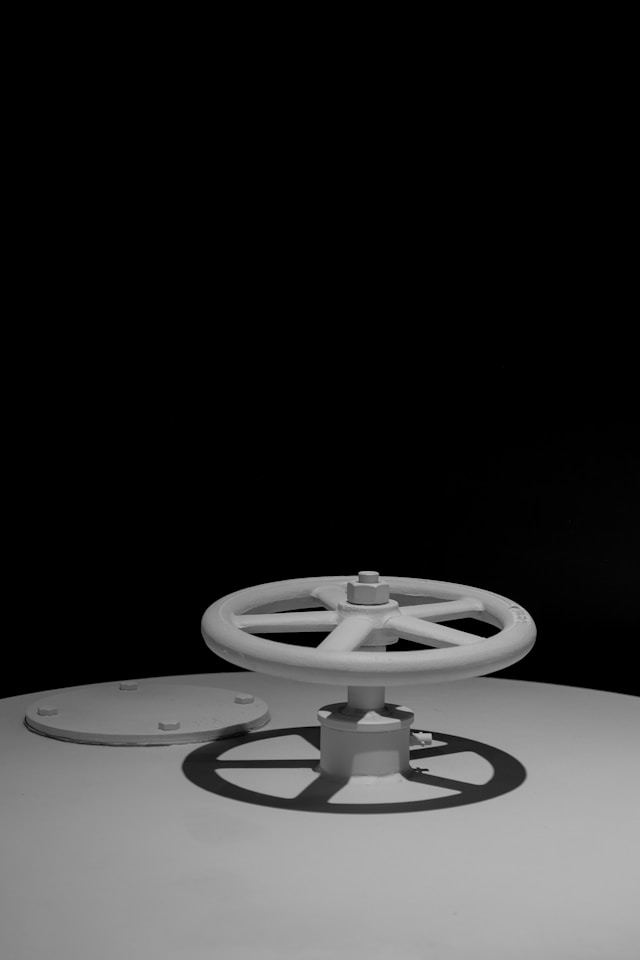An encoder is a sensing device that provides feedback. Encoder convert motion into an electrical signal that can be read by some type of control device in a motion control system.

TYPES OF ENCODERS
Incremental Encoders
Absolute Encoders – Solid Shaft
Absolute Encoder – Hollow Shaft
Incremental Encoders
Incremental encoders do not provide absolute information and can only be used to increment or decrement a level counter. Although the in-circuit memory is non-volatile, an incremental encoder does not retain state information after power failure. Users of powerful motors used in transportation applications prefer practical solution encoders because vibrations and strong shocks during position detection are controlled. Their copper windings in transformer cores coated in heat-resistant steel housings are environmentally resistant. Also, the encoders contain optoelectronic optical glass systems in epoxy-coated plastic housings and are environmentally sensitive. Due to shock and vibration, the accuracy of encoders is lower than that of resolvers. The transparent optical disc used in an optical encoder is susceptible to dust contamination despite safety precautions. Automation offers a range of rotary incremental encoders such as optical, magnetic and capacitive types as well as linear magnetic incremental encoders.
1.Optical Encoder
Optical encoders are a cost-effective industry-wide standard that provide precision and accuracy but are highly susceptible to environmental factors such as heat, shock and dust/dirt ingress. Optical encoders are available in absolute, incremental and transmission configurations.
2.Magnetic Encoder
Magnetic encoders are more robust and can operate in conditions with ingress of dirt, dust, oil and other environmental factors, but do not provide as high a resolution as their optical counter parts. Magnetic encoders are available in rotary and linear configurations.
3.Capacitive Encoder
Capacitive encoders combine the best features of optical and magnetic rotary encoders in a rugged, reliable device, but are not suitable for large motor shafts (greater than 8mm diameter). Capacitive encoders are available in incremental and absolute configurations.
4.Linear Encoder
Linear encoders are designed to measure linear motion rather than rotary motion. They are typically used with linear elements such as blocks and rails. They are less robust and better suited for applications in dust and debris free environments.
Absolute Encoders – Solid Shaft
Solid shaft encoders typically require additional mechanical parts for mounting. This increases the length of the total construction, making it a less good choice in narrow spaces. Good adjustment of the installation is essential throughout the lifetime of the encoder. Installation requires more mechanics. Results in longer installations that require more space. Be sensitive to installation skill and pay attention to detail in the person installing them.
Absolute Encoders – Hollow Shaft
Hollow shaft encoders are mounted directly on the machine axis, thus providing a more compact solution. As installation requires fewer additional components, it is a cost- effective and light-weight solutions, which reduces the load on the shaft. Compared to the corresponding solid shaft encoder models, the risk of installation errors is less in hollow shaft encoders. In most cases the risk of alignment errors is negligible. provide small installations. Easy to load, resulting in lower shaft loads. Cost effective as no additional installation components are required.
Operation and uses of Encoder
In either application, the process is same: a number is generated by the encoder and sent to the controller, which sends a signal to the machine to perform an operation. For example
1.In railcar lifting jacks, precision-motion feedback is provided by encoders, so the jacks are lifted uniformly.
2.In an elevator, encoders tell the controller that the car has reached the correct floor, at the correct position. That is, the encoder motion feedback to the elevator’s controllers ensures that the elevator doors stay open with the floor. Without encoders, you can find yourself getting into or out of an elevator.
3.In a cut to length application, an encoder with a measuring wheel tells the control device how much material has been fed, so the control device knows when to cut.
4.In a printing application, the concept of an encoder activates the print head to make a mark at a specific location.
5.In a precision servo label application system, the encoder signal is used by the PLC to control the time and speed of bottle rotation.
6.With a large crane, encoders mounted on a motor shaft provide positioning feedback, so the crane knows when to pick up or release its load.
7.In automated assembly lines, encoders provide motion feedback to robots. In an automotive assembly line, robotic welding is all about making sure the arms have the right information to weld in the right places.
